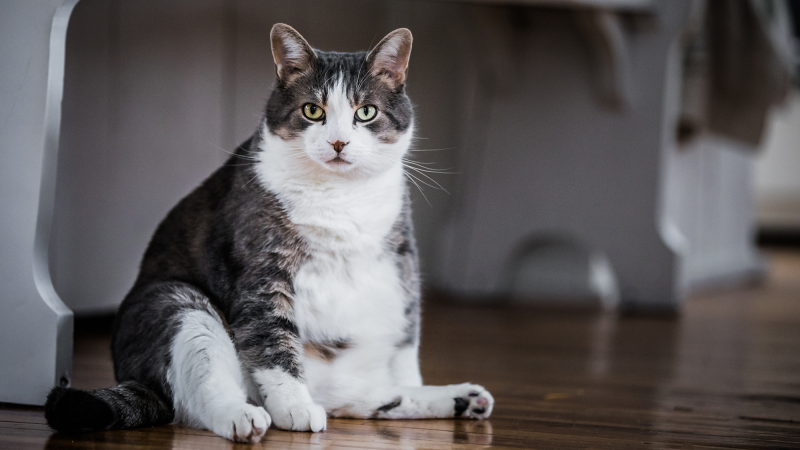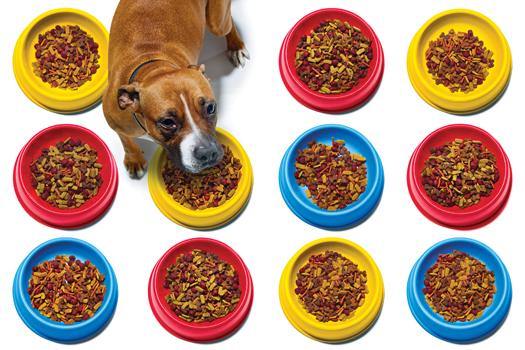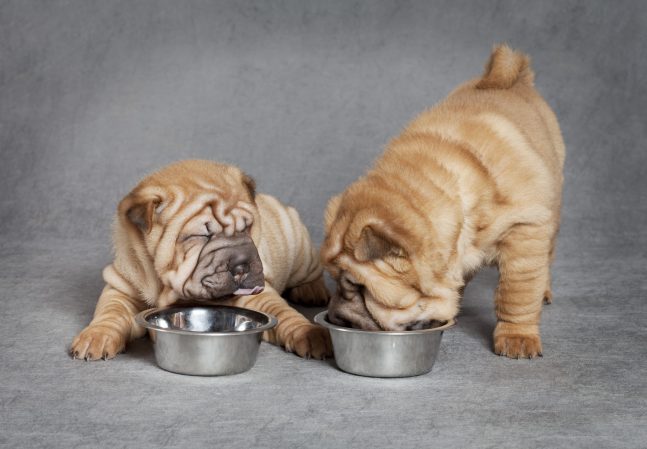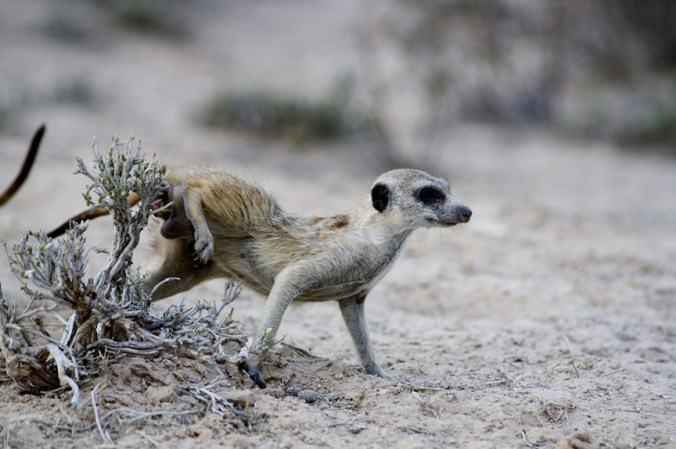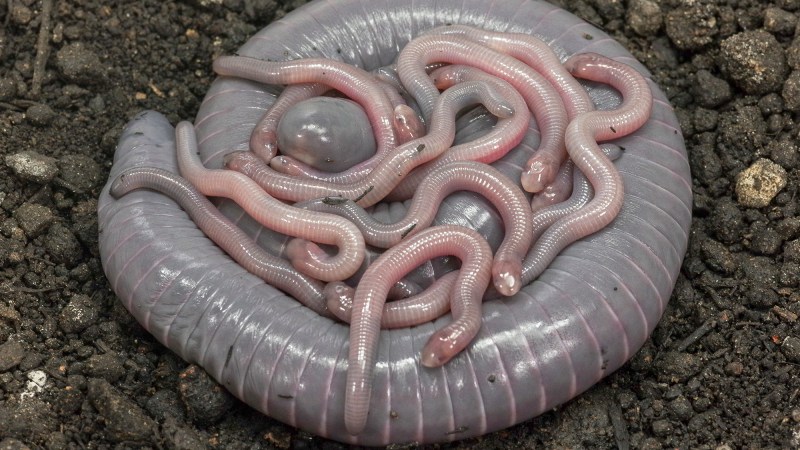

Butts smell, and there’s not much we can do about it. Clean that tuchus all ya want—the stank will return. We can thank microbes for these miraculously persistent odors, and though we humans might not want to thank them for it (pretty rude of us, to be honest), plenty of mammals have reason to be grateful. These bacteria give them the characteristic scents of their species. Are they good scents? Well, that really depends on what you think smells “good.”
If you asked your dog whether other dogs’ butts smell good—and somehow broke the language barrier—they probably still wouldn’t understand the question. While it’s impossible to know exactly what feelings a canine feels when they take a whiff of another pooch’s rear end, it seems like the main driver behind their sniffing is the fact that other butts smell interesting. Sussing out the volatile chemicals that contribute to another animal’s unique perfume is the equivalent of asking for a business card.
Cats might not log the same hours inspecting fellow felines’ behinds, but they too glean information from their comrades’ scents. How? Anal sacs. Most humans only hear about anal sacs when taking a beloved—and very stinky—dog to the vet and are told these organs must be “expressed.” That’s your veterinarian’s polite way of saying that they need to squeeze some smelly, yellow-brown fluid out of said anal sacs by hand to deal with a clog.
Anyway, the real point here is that cats have anal sacs too, and they’re important. Domestic cats employ sac secretions to mark their territory. But the smell they leave behind is more complex than just a “feline was here” sign: It contains information about the marker’s sex and reproductive state, but it also carries unique attributes that tie it to a specific individual.
Biologists want to understand exactly what chemical compounds in those excretions are sending which messages, and to do that they’ve got to swab a few anal glands. That’s what led a team of researchers at UC Davis to investigate the anal secretions of a bengal cat living in Berkeley, California. Bengal cats are a cross between domestic cats and Asian leopard cats (a kind of small wild cat that looks like a tiny leopard) so their findings may not be representative of your standard house kitty. But as this is the first study ever figure out which microbes produce anal sac smells in felines, it’s the best data on cat butts we’ve got. The team recently published their results in the journal PLOS ONE.
Once the anonymous cat’s sacs had been emptied, the researchers cultured the microbes that had been living inside. A full 83 percent turned out to be Tessaracoccus bacteria, a genus found both in dirt and in rhino guts, as well as inside our own intestines. The second most common, Bacteroides, is also associated with mammals, and the final three of the top five—Anaerococcus, Peptoniphilus, and Finegoldia—are all found in the guts and urinary tracts of various mammals. The top six groups together accounted for 98 percent of all the bacteria.
The researchers also managed to isolate 51 chemicals from the original anal secretions and the bacterial samples (there were a whopping 127 in the secretions alone) that can contribute to odor. Eleven of them were compounds also found in other mammalian anal sacs. For you organic chem fans out there, they are: octan-1-ol, 1-(H)-indole, nonanoic acid, pentadecanoic acid, toluene, trans-2-pentenoic acid, non-2-enal, tetradecanal, n-hexadecanoic acid, octadecanoic acid, and (Z)-docos-13-enoic acid. Octan-1-ol was already known to hang out in wolf anal sacs, and 1-(H)-indole “can be produced by a variety of bacteria that have a strong fecal odor” and has been found in the anal secretions of red foxes, giant pandas, wolves, and ferrets.
Many of the rest of that indecipherable list are various types of fatty acids that were also found in the Tessaracoccus bacterial samples, which means the microbes might be responsible for producing them in the first place. That’s as far as these researchers have gotten in figuring out exactly which bacteria are manufacturing which compounds, so we’re still quite a few steps away from knowing exactly which components of the butt microbiome send which signals to fellow felines.
The anonymous cat who donated its anal secretions to science probably has no idea what it’s done, but microbiome researchers everywhere—especially the kinds interested in cat butts—are grateful.

